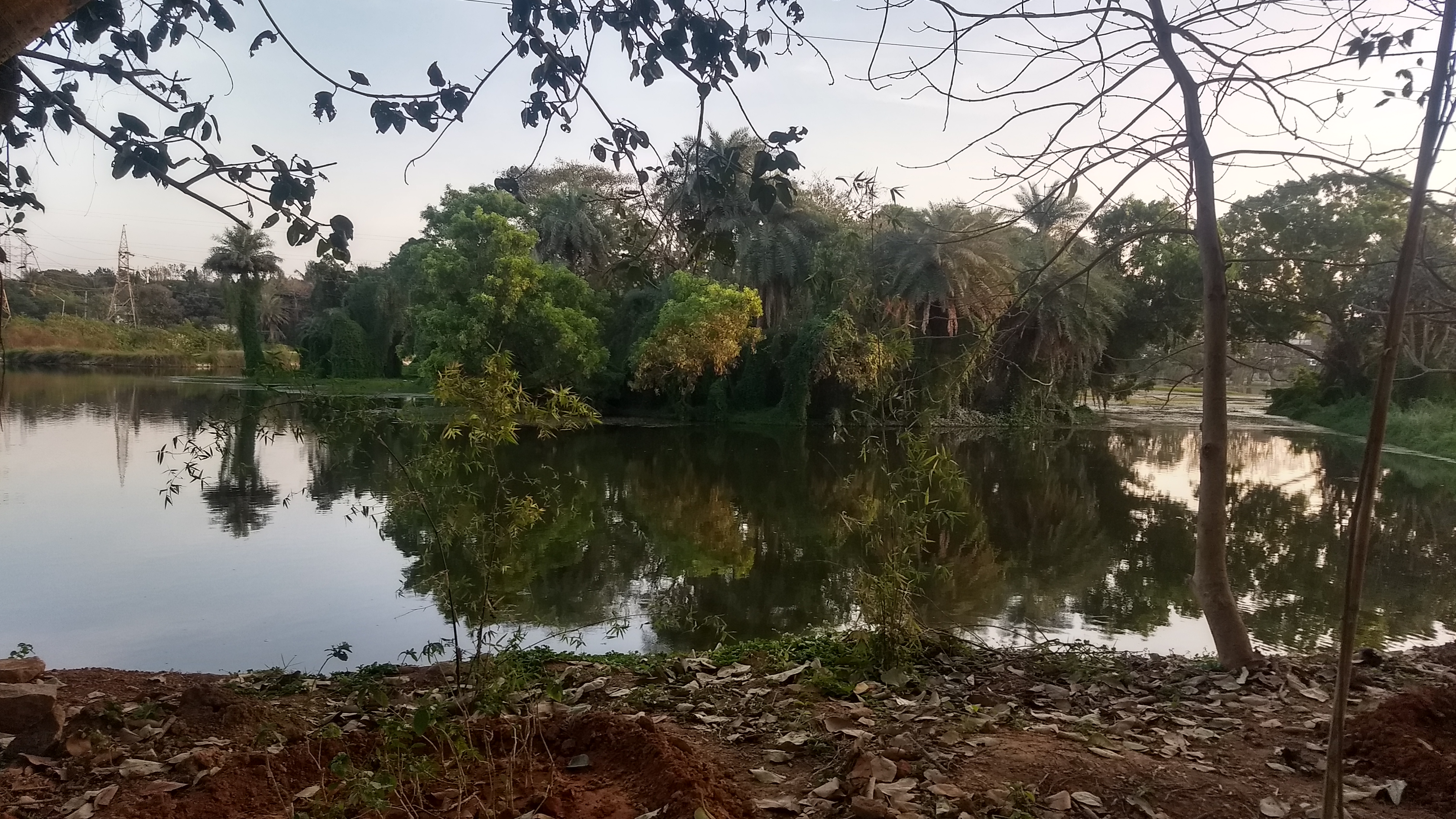By Papiya Bhattacharya
Anitha Shivram and her husband are regular morning walkers around the scenic Puttenahalli Lake in Yelahanka, Bengaluru, India. In fact, little Sidappa with his family and friends goes there to play badminton and perambulate up and down this waterbody which is situated in the northern parts of Greater Bengaluru. A father teaching his young daughter to cycle on the same walkway that runs to the lake side is a heart-warming sight for many elders and morning walkers.
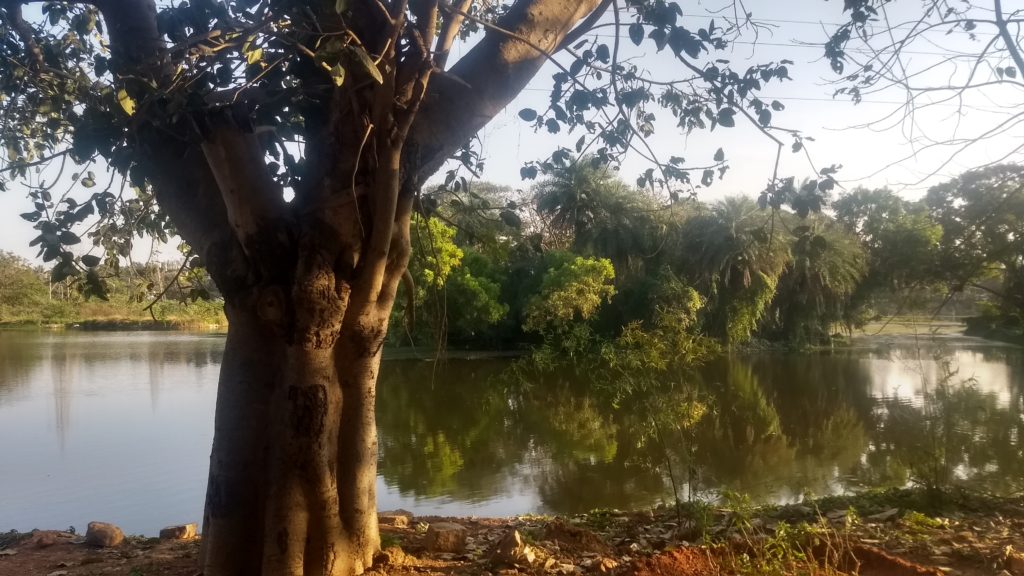
Prof K.S. Sangunni, who has retired from India’s prestigious scientific institution, the Indian Institute of Science, leads the movement to “Save this Lake” through legal means as also coordinating people’s participation. He is the chairperson of Yelahanka Puttenahalli Lake and Bird Conservation Trust (YPLBCT).
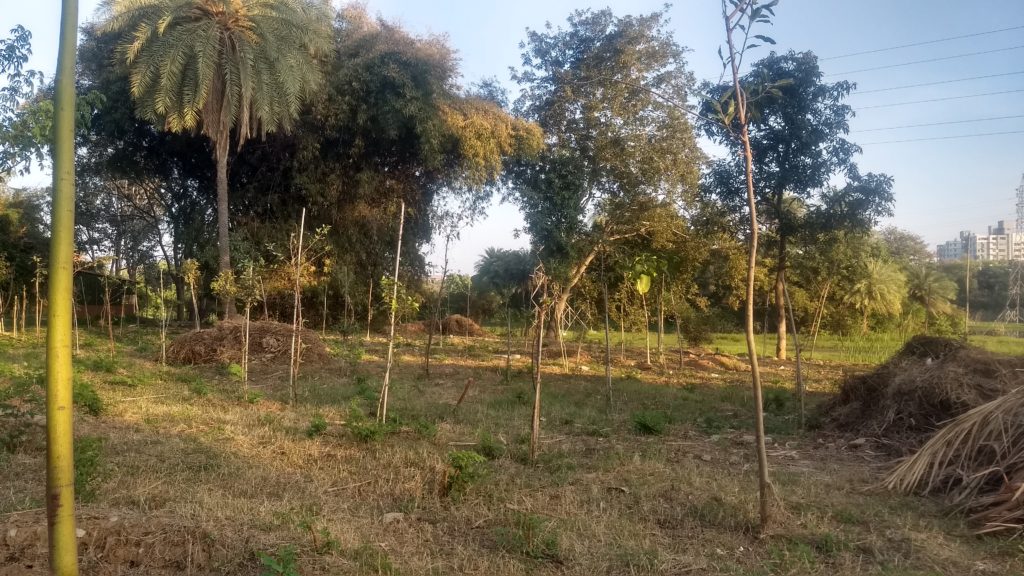
The state forest department which drew up the rejuvenation plan – sanctioned ₹12 crore for the project. Along with the Trust, the work took off in 2018 and was completed in 2019. Not only was silt removed from the 34-acre waterbody, its bunds and islands were strengthened. This unique lake in the bustling city of Bengaluru hosts up to 126 species of birds that has been scientifically recorded and documented.
SYLVAN BIRD RESERVE
The Puttenahalli Lake is bordered by Doddaballapura Road (a State Highway), a housing layout and the BMTC Bus Depot. As one walks along the lake, one can observe a Butterfly Park that is almost ready for opening. Here and there are benches for visitors to relax and observe their surroundings in all peace. Young trees are seen growing happily and overall, an atmosphere of optimism prevails. In the midst of the urban jungle of north Bengaluru, is this sylvan bird reserve which allows people to take a breather.
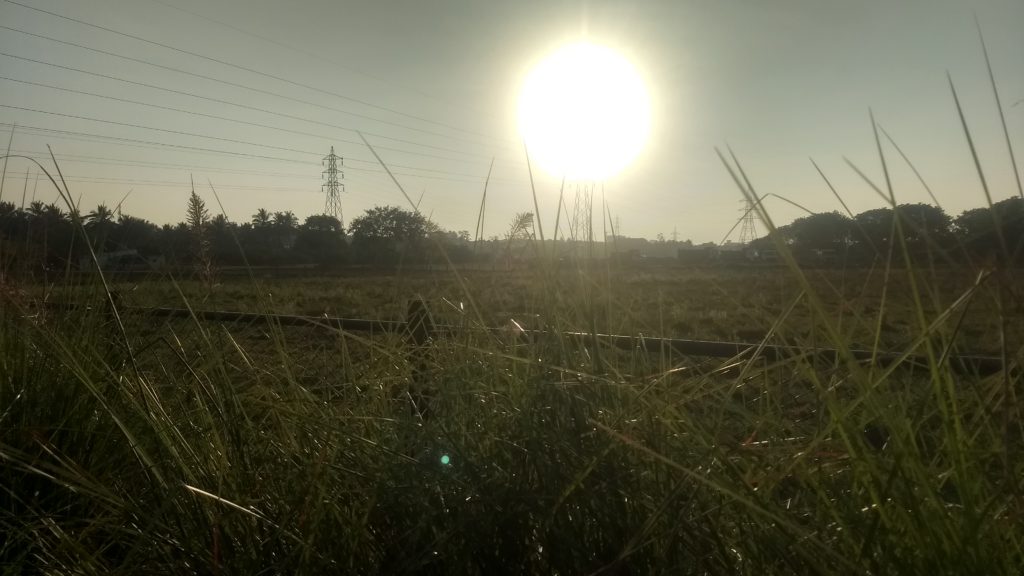
The Lake area was declared as a Bird Conservation area by the state government on 29th of April, 2015. Till date, it is under the State Forest Department but the Bangalore Bruhat Mahanagar Palike is waiting desperately to take it over. With the Trust having filed a PLI in the High Court, Dr Sangunni expects the judgement in a month or so and hopes that it will remain under the Forest Department and thereby, retaining its greenery.
Now how to stop the sewage that regularly flows into this and other lakes in the city?
Dr Sangunni states, “In Bengaluru, all lakes are man-made where the flow of the rain water was impounded for agricultural purposes. And for this, a natural gradient was used. The Bangalore Water Supply and Sewerage Board (BWSSB) also uses the natural gradient to lay sewage pipes for flow of the sewage which unfortunately flows into the lake. And only after this, they think of sewage treatment plans. Till then, what can one do! Leave it to the lake.”
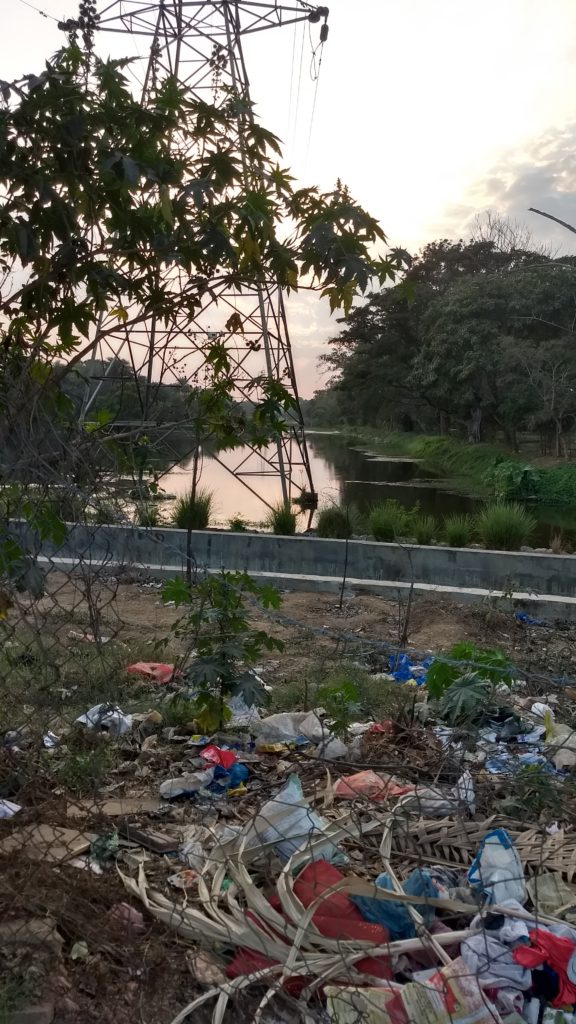
He adds, “We can’t stop BWSSB in the flow of sewage to lakes though it is illegal. Therefore, we need to fight for the setting up of STP (sewage treatment plants) in all water bodies.”
In the absence of a “joint action plan” to revive water bodies in the city, Dr Sangunni says people went to court and the National Green Tribunal directed them but no action has been taken. Such is the state of our city planning gurus. In this background, our conscientious citizens have lined the Doddaballapur side of the Puttenahalli Lake with heaps and heaps of waste dump and made it look so filthy. It is time for all of us to sit up and do what we can for our environment or Bengaluru will permanently lose its remaining beauty and greenery.
WHAT ARE THE MAJOR RISKS HINDERING THE SURVIVAL OF PUTTENAHALLI LAKE?
· Unregulated flow of sewage into the Lake
· KPCL Power Plant – a big threat to birds due to rise in temperature/decibels
· Open area around the lake bed – people have turned them into garbage dumps
· Illegal constructions going on and is rampant around the Lake

